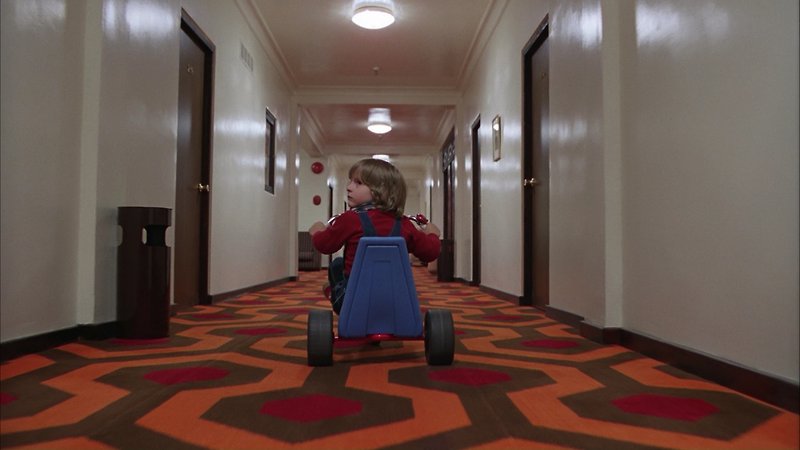Heeeere’s Johnny!! The Jack Nicholson/Stanley Kubrick horror classic returns to the giant screen in merciless HD DCP! “Alive with portent and symbolism, every frame of the film brims with Kubrick’s genius.” — Empire

Come and play with us. Come and play with us, Danny. Forever... and ever... and ever.
Screened as part of NZIFF 2012
The Shining 1980
Heeeere’s Johnny!! Struggling writer Jack Nicholson thinks isolation as the winter caretaker of the vast Overlook Hotel – with wife Shelley Duvall and psychic son in tow – will crack that writer’s block, but as his horrific visions of the hotel’s past proliferate and the elevator fills with blood, it’s time for Duvall to get out the baseball bat. Stanley Kubrick’s radical adaptation of an early Stephen King novel (famously denounced by King as “a piece of machinery with neither heart nor soul”) returns to the giant screen in merciless high definition DCP.
“Kubrick (with co-screenwriter Diane Johnson) filleted the novel, ditching its more formulaic horror elements in favour of a study in madness and ambiguous evil – that, of course, of father, drunk, caretaker, and wannabe novelist Jack Torrance (a defining role for Jack Nicholson). Kubrick, akin to his trippy treatment of the sci-fi genre, was elevating horror to a different plane, removing its camp wiggeries and bogeymen to infuriate and bedazzle with sinewy suggestion and sumptuous, awe-inspiring technique. Technically, there is no better film in the genre. Its chills are less direct (that is until Torrance finally throws off the shackles of sanity), rather something that creeps under the skin to unsettle and disturb…
Alive with portent and symbolism, every frame of the film brims with Kubrick’s genius for implying psychological purpose in setting: the hotel's tight, sinister labyrinth of corridors; its cold, sterile bathrooms; the lavish, illusionary ballroom. This was horror of the mind transposed to place (or, indeed, vice versa).” — Ian Nathan, Empire